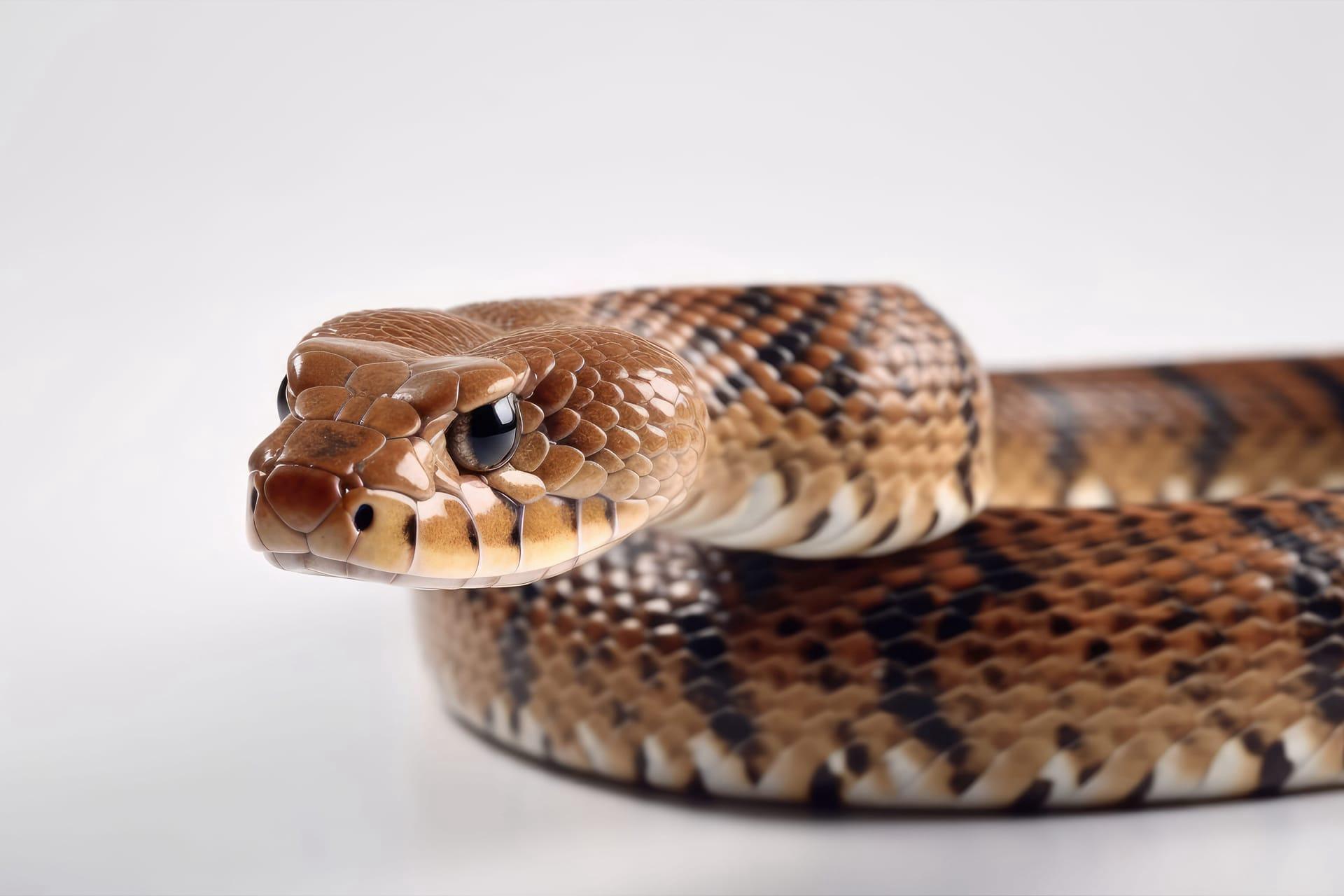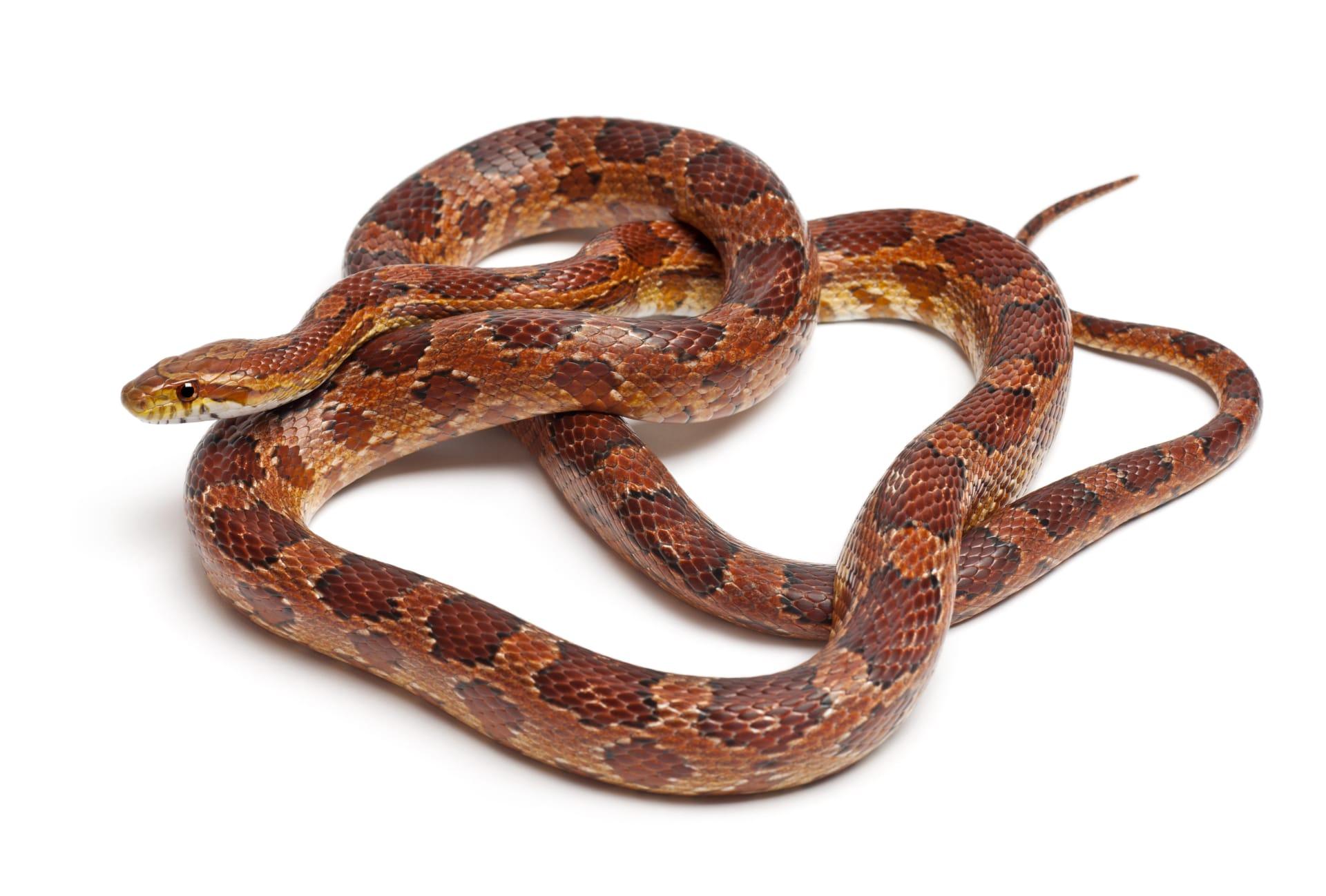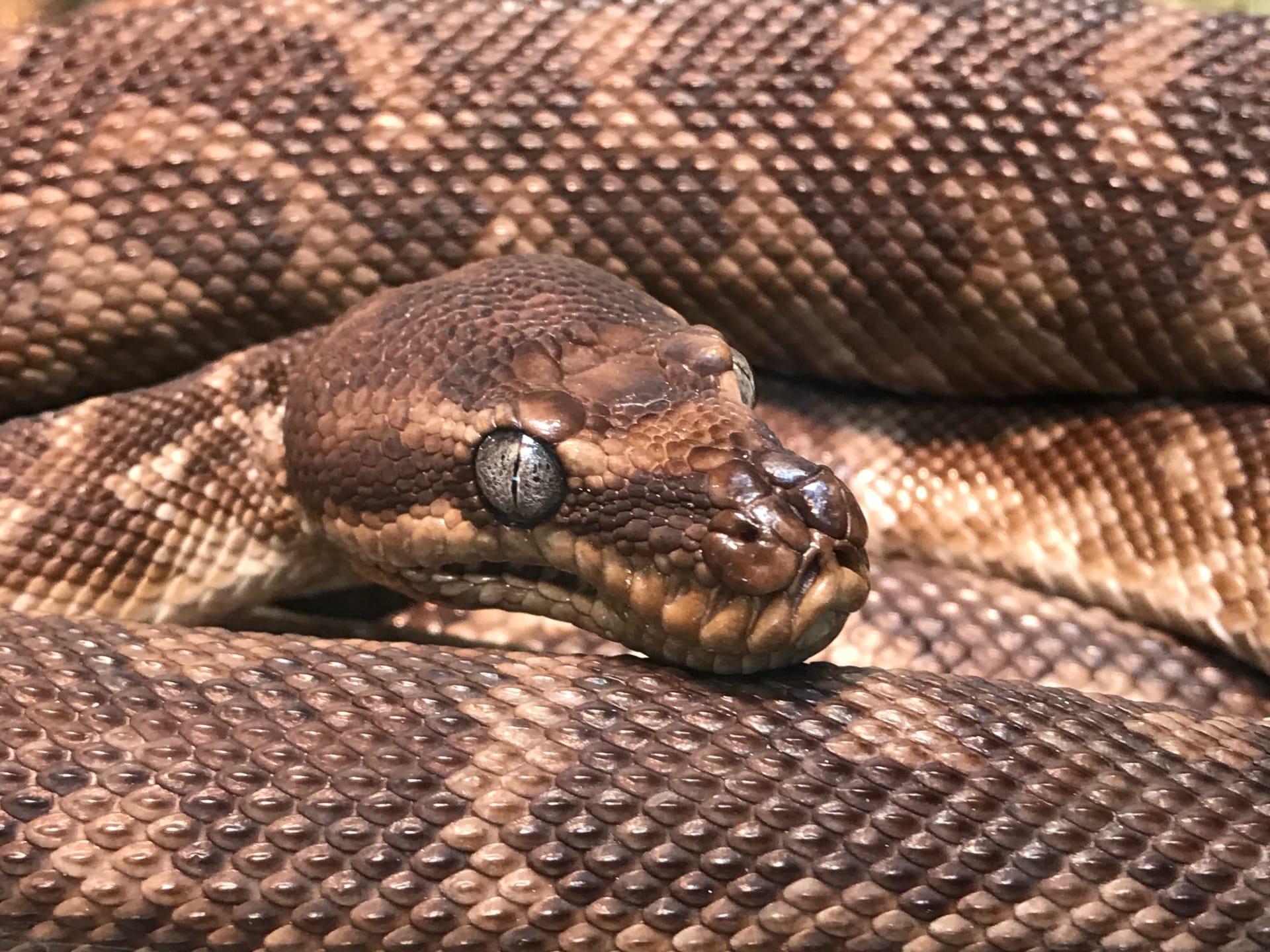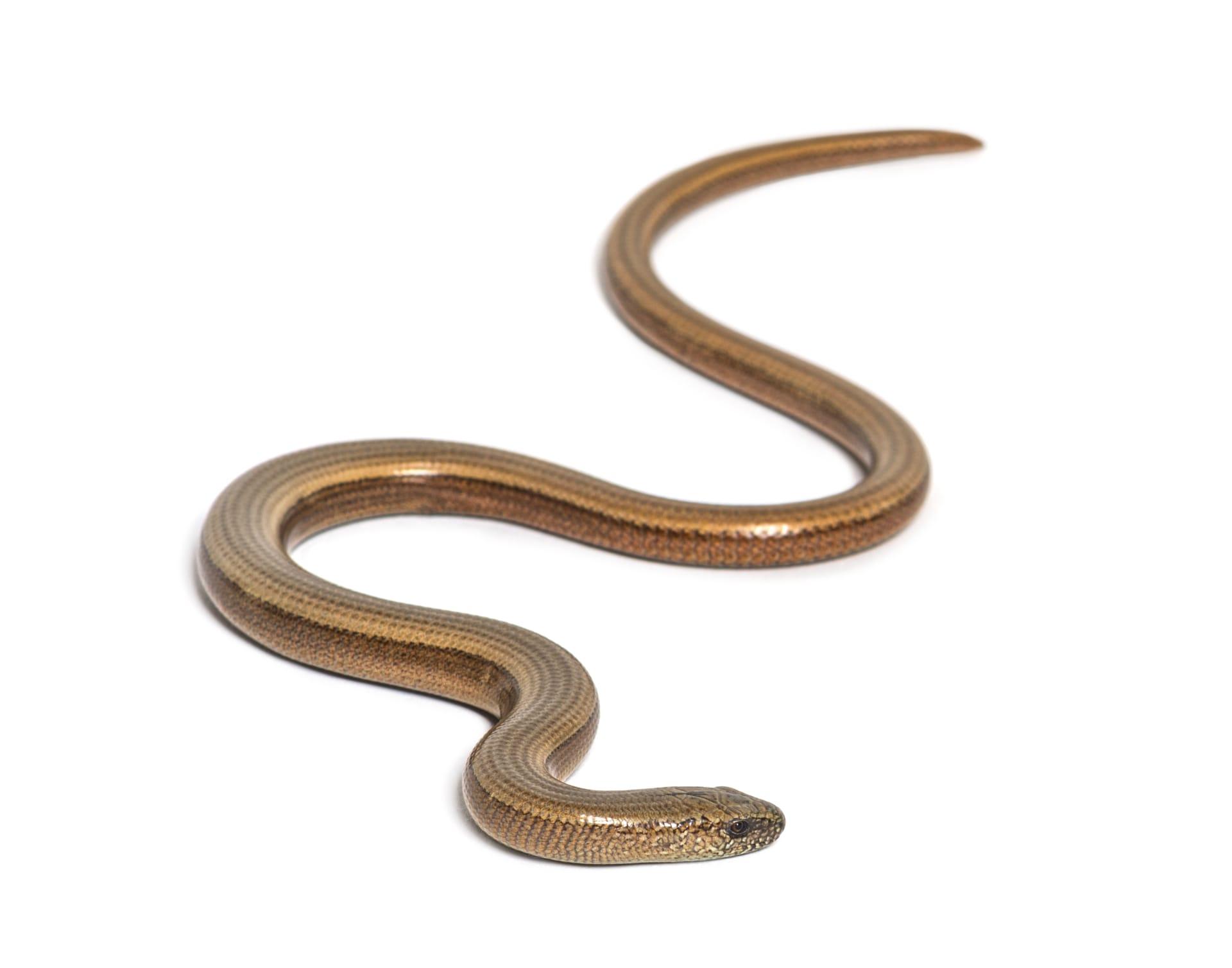Brown Snake Characteristics
- Home /
- Mini Encyclopedia /
- Animal /
- Brown Snake Characteristics
1
Brown snakes, scientifically known as Storeria dekayi, present a fascinating case of reptilian physiology. Typically, these snakes measure about 9 to 13 inches in length, with some exceptional cases reaching up to 15 inches. Their lifespan in the wild averages around 7 years, although in captivity, with optimal conditions, they can live slightly longer. What's unique about these creatures is their slender, smooth-scaled body, predominantly adorned with various shades of brown, often with a lighter-colored belly.
One of the most distinctive organs of the brown snake is its Jacobson's organ, located in the roof of the mouth. This organ is a chemosensory feature that allows the snake to 'taste' the air. By flicking its tongue, the brown snake collects airborne particles and transfers them to the Jacobson's organ for analysis. This ability enables the snake to detect prey, predators, and pheromones of potential mates, making it an essential tool for survival and reproduction.

2
Question: What do brown snakes eat, and how do they find their food?
Answer: Brown snakes primarily feed on slugs, snails, and earthworms, making them beneficial in controlling garden pests. They locate their food using their keen sense of smell and the specialized Jacobson's organ. Once they detect their prey, brown snakes use their small, sharp teeth to grasp it. Despite lacking venom, they are adept at consuming their prey whole, often starting with the head, especially in the case of snails and slugs.

3
Brown snakes exhibit a fascinating range of motion, characterized by their ability to swiftly glide through various terrains. They are particularly adept at burrowing and can often be found under rocks, logs, or leaf litter. Their movement is both fluid and precise, allowing them to navigate through their environment with ease while remaining relatively inconspicuous.
In terms of hunting, brown snakes exhibit patience and precision. They often lie in wait for their prey, relying on their camouflage to remain hidden. Once a potential meal is within reach, they strike with remarkable speed, seizing their prey with their small but effective teeth. This ambush technique is particularly useful in capturing fast-moving or slippery prey like slugs and worms.

4
Brown snakes thrive in a variety of environments, ranging from wooded areas to grasslands, and even urban gardens. They prefer moist habitats with ample cover, such as under logs or rocks, which provide both shelter and hunting grounds. Their adaptability to different environments has enabled them to survive in both rural and suburban areas.
Reproduction-wise, brown snakes are ovoviviparous, meaning they give birth to live young rather than laying eggs. Mating occurs in the spring, and by late summer to early fall, females give birth to anywhere from 3 to 31 young. These newborns are independent from birth, equipped with the necessary skills to survive and fend for themselves.

5
Book: "The Secret Life of Brown Snakes" by Johnathan Green, published in the United Kingdom in 2010. This book delves into the hidden world of brown snakes, exploring their habits, habitats, and the unique physiological traits that set them apart. Green's narrative combines scientific research with engaging anecdotes, providing a comprehensive and accessible insight into these often-overlooked reptiles.
Book: "Brown Snakes: Myth and Reality" by Emily Norton, released in Canada in 2015. Norton's work focuses on dispelling common myths about brown snakes, presenting factual information about their behavior, diet, and ecological impact. The book also highlights the importance of brown snakes in ecosystem balance and addresses conservation issues surrounding their habitat and survival. Norton's approach is both informative and persuasive, making a compelling case for the appreciation and protection of these creatures.